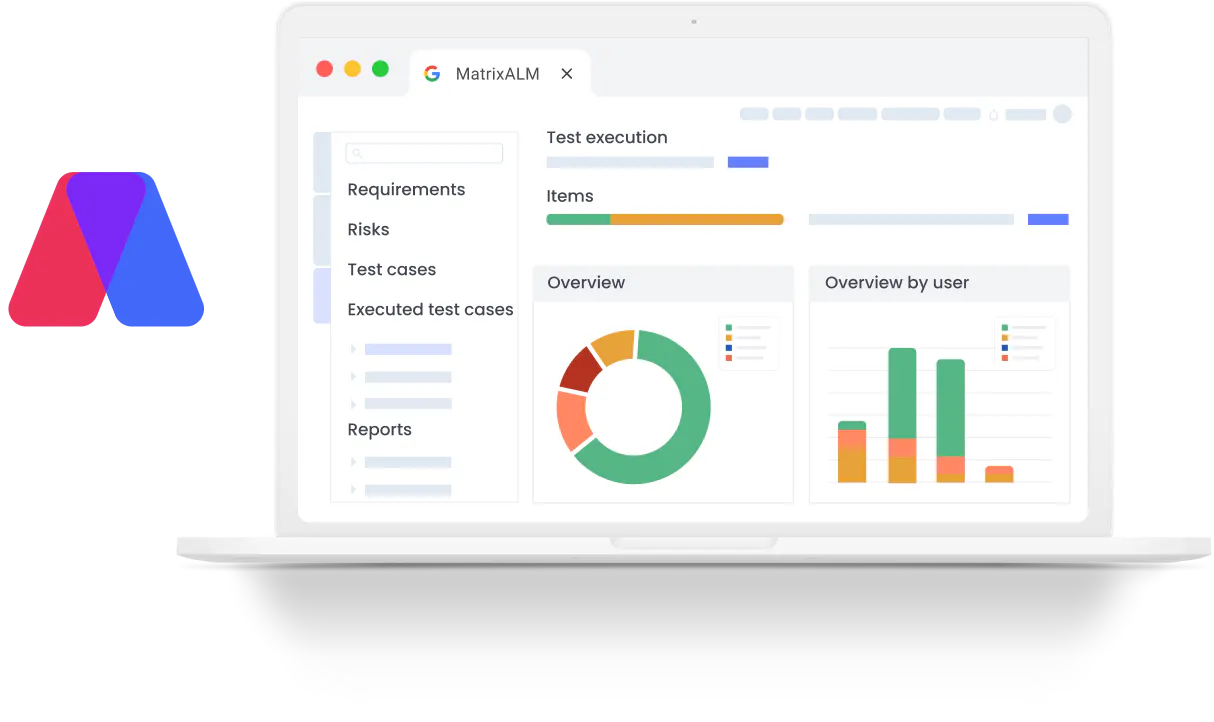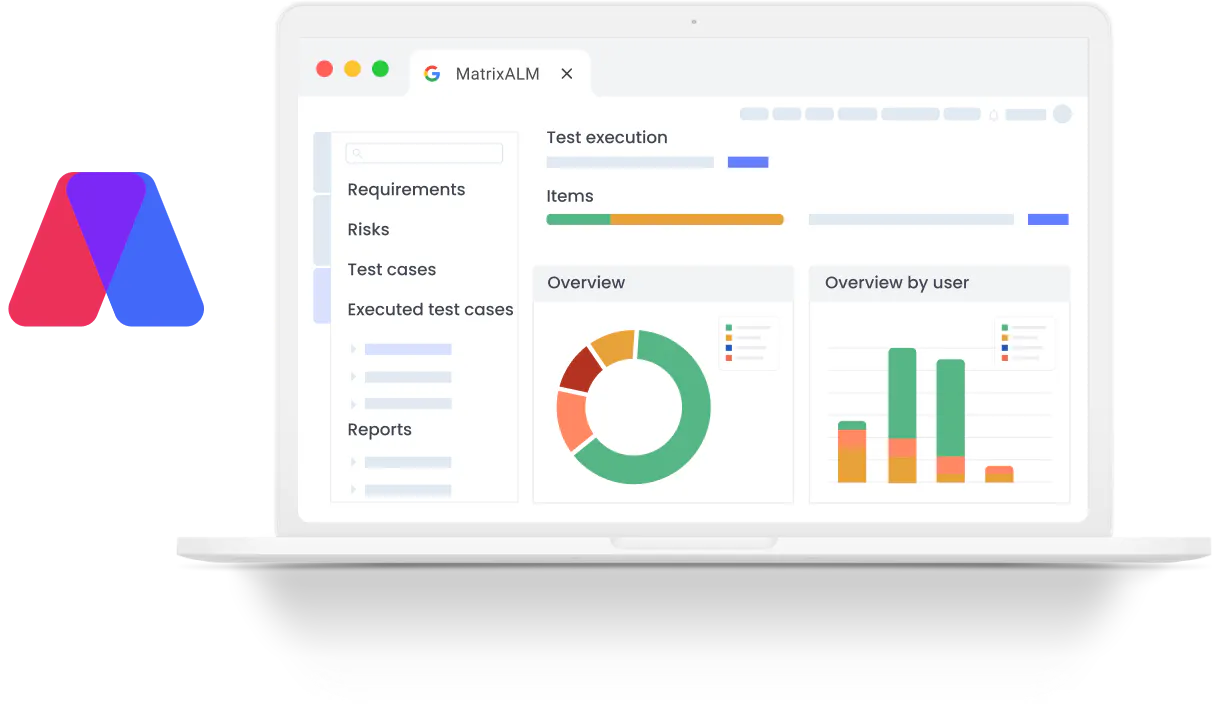
Modern software development techniques rely heavily on application lifecycle management (ALM) software solutions, which make it easier to manage software projects effectively from start to finish. This paper explores the development, elements, features, advantages, and potential developments in ALM software.
Evolution of ALM Software Solutions
ALM has its origins in old software development approaches, which prioritised deployment and coding. A more comprehensive approach to software development became necessary with the introduction of Agile and DevOps approaches.
With time, an ALM software solution grew to include every stage of the software development lifecycle, from design and testing to coding, testing, deployment, and maintenance.
Components of ALM Software Solutions
Requirements can be easily gathered, arranged, and tracked with ALM software, guaranteeing that they meet the needs of stakeholders. It promotes clear project delivery by keeping everyone in the loop and avoiding misconceptions. As a result of ALM’s promotion of transparent communication and teamwork, requirement management becomes an organic aspect of the development process.
ALM software’s version control systems facilitate teamwork by effectively managing source code modifications. They facilitate seamless collaboration and change tracking for all parties. This guarantees that the group maintains its structure and collaborates effectively on code assignments.
ALM tools offer functions including code review, automatic test execution, and error checking. These contribute to the high calibre and ease of maintenance of the code. Teams may maintain the health and ease of use of their codebase by identifying issues early on.
-
Continuous Integration/Continuous Deployment (CI/CD)
Software delivery can be accelerated by combining ALM platforms with CI/CD pipelines to automate the building, testing, and deployment processes. This implies that by handling these tasks automatically, they contribute to a quicker and more efficient process, freeing developers to concentrate on developing amazing software rather than becoming mired down in the specifics of each step.
Project management is aided by ALM solutions, which assign resources, track tasks, and monitor progress to ensure that projects are completed on time. Basically, they keep everything running smoothly and organised by ensuring that everyone is aware of their responsibilities, the amount of work still left to accomplish, and any issues that need to be resolved along the way.
Organisations can create, execute, and manage test cases with ease thanks to testing functionality in ALM software. This guarantees the robustness and proper operation of the software. Teams can use these tools to properly test their software and ensure that it is dependable and capable of handling any challenge.
Software release planning, scheduling, and tracking are aided by ALM platforms. By doing this, deployments are made seamless and downtime is kept to a minimum. Teams can efficiently organise their release efforts with the help of these platforms, guaranteeing that new features or updates are rolled out without any problems and maintaining system stability.
-
Collaboration and Communication
Using features like wikis, discussion boards, and live chat, ALM software promotes collaboration among users. This encourages idea sharing and production. Teams can collaborate more successfully by utilising these tools, sharing knowledge and helping one another reach objectives more quickly.
Benefits of ALM Software Solutions
Let’s dive in to know about ALM software solutions benefits:
With the help of ALM tools, Development, QA, and operations teams can collaborate cross-functionally which improves coordination and communication.
ALM solutions facilitate informed decision-making by giving stakeholders real-time visibility into project status, progress, and potential obstacles.
Teams can concentrate on high-value work by using automation tools in ALM software to streamline repetitive operations and reduce manual effort.
Early bug discovery and higher software quality are achieved by integrating testing throughout the development lifecycle with ALM technologies.
ALM software offers traceability, audit trails, and documentation management features to assist organisations in meeting regulatory obligations.
Software development lifecycles are accelerated by ALM software, which makes it possible to provide features to consumers more quickly by streamlining processes and encouraging teamwork.
ALM technologies facilitate the adoption and implementation of Agile processes by offering features like burndown charts, sprint planning, and user story management.
Future Trends in ALM Software Solutions
-
AI and Machine Learning Integration
AI and machine learning will be used by ALM platforms in the future to generate predictions, identify anomalies, and make choices automatically. Thus, they will become more adept at predicting potential outcomes, identifying anomalies, and making decisions without constant human intervention.
-
Containerization and Microservices
The ALM toolset will evolve to better support microservices- and container-based configurations. They will therefore assist businesses in managing intricate systems that are dispersed over several locations. Consequently, even though these systems consist of several interconnected little components, businesses are better able to control them.
-
Cloud-Native ALM Solutions
ALM software will be optimised for cloud computing as its use grows. Essentially, this means that it will be built to be precisely tailored to the cloud, allowing it to expand, adapt, and endure catastrophic events.
DevSecOps, or security, is incorporated into ALM platforms from the very beginning of software development. This means that rather than implementing security later on, they’ll make sure to consider it early on in the software development process. It’s similar to making sure your home is secure before you begin to decorate.
-
Low-Code/No-Code Development
ALM technologies will make it possible for non-expert programmers, also known as “citizen developers,” to swiftly construct and launch apps. These tools will include features that allow anyone to quickly create apps with little to no coding knowledge. It’s similar to providing everyone with a basic set of tools so they can construct something amazing without having to be skilled builders.
ALM solutions will focus on organising the process of producing something worthwhile, from ideation to implementation. By doing this, companies may ensure that their efforts are optimised. It’s like making sure that every stage of the process is as easy and productive as possible, from coming up with a brilliant idea to carrying it out.
Conclusion
Modern software development organisations now consider ALM software solutions to be essential because they offer collaboration, automation, and end-to-end visibility throughout the software development lifecycle. Software development methods will become more innovative and efficient as a result of ALM platforms’ ability to adjust to the ever-changing needs of organisations as technology and methodologies continue to advance.
Interesting Related Article: “Why Your Non-Profit Organization Needs Case Management Software“









